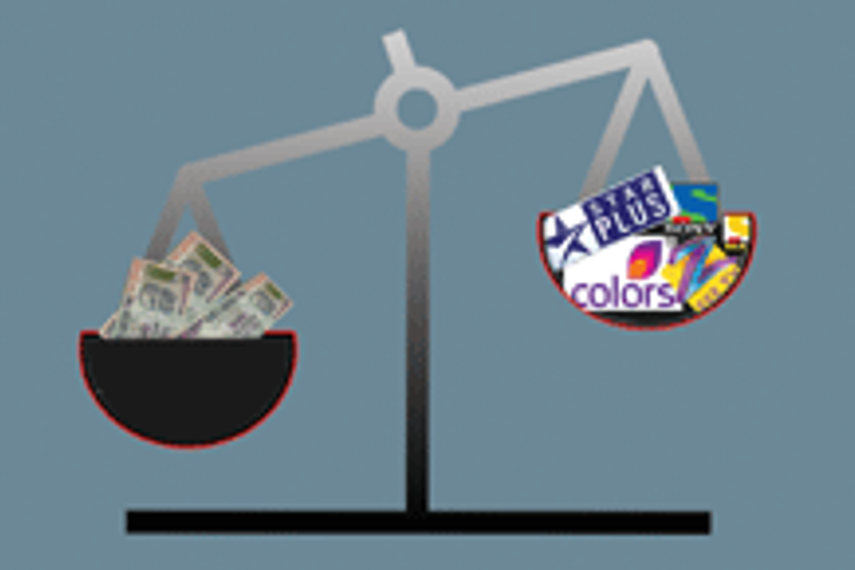
Please sign in or register
Existing users sign in here
Having trouble signing in?
Contact Customer Support at
[email protected]
or call+91 22 69489600
Campaign India asks marketers and media planners on the impact of the slowdown on the effective rates in mediaThe economic climate has changed and no one can get away unscathed. Not even the mighty media owners who hitherto, riding on years of healthy growth, were in a dominant position to demand rates they deemed fit.

Contact Customer Support at
[email protected]
or call+91 22 69489600
Top news, insights and analysis every weekday
Sign up for Campaign Bulletins
The next generation of men is defining masculinity as a spectrum, not a template, giving brands a rare chance to be a part of shaping culture.
80% of creators believe 2026 is the year to regain creative control, according to Canva’s third annual Design Trends Report.
Passengers have never smiled more than on an Air India ad.
Regional food creators are India’s new culinary tastemakers, shaping what people crave and choose to eat.